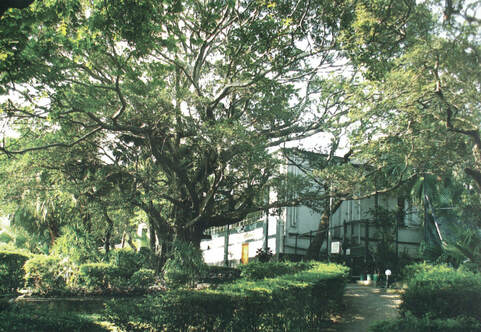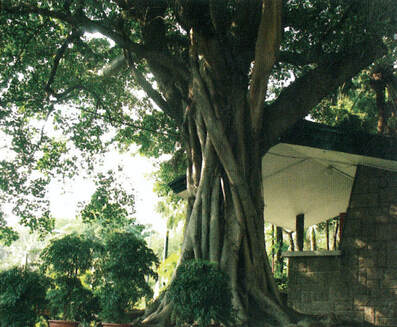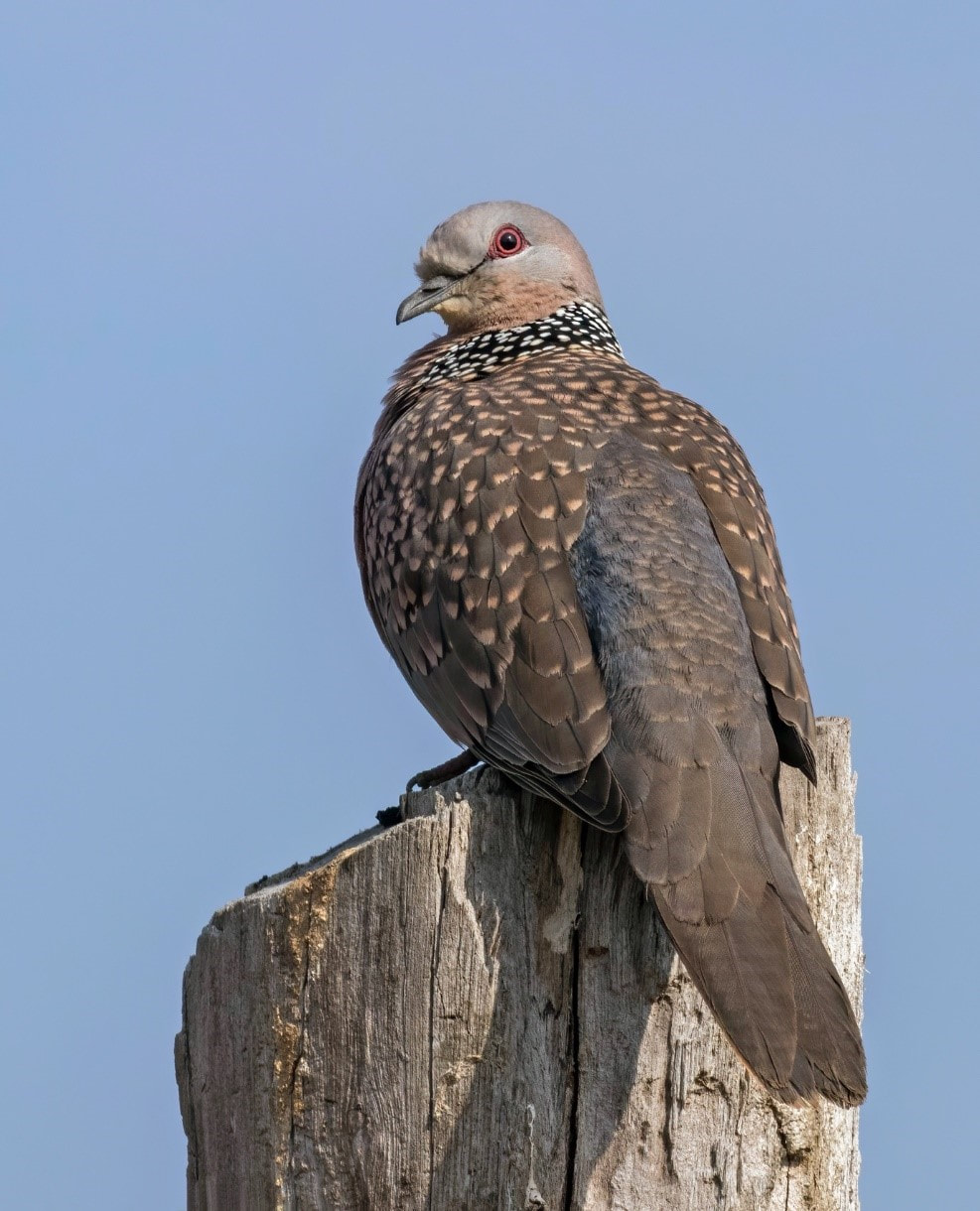11. Chinese Banyan
Ficus microcarpa (榕樹/ 細葉榕)
One of Hong Kong’s most revered trees, the Chinese Banyan is often admired and even worshipped by whole villages.
It is typhoon tolerant, with a growth form and architecture that can withstand whatever nature can throw at it. Its massive trunk is entwined with vigorous aerial roots extending like fixed, wooden elephant trunks from the tree base.
Its figs feed birds and bats, while the massive canopy provides shelter and nesting sites for urban and rural birds. Lizards and frogs can find a home among the Banyans are small, firm, smooth leaves that lack conspicuous veins.
The Banyan makes minute flowers almost continuously. They are hidden, like those of figs generally, inside a fig.
The bark is smooth when compared to, say, Camphor Tree but if a human hand slides across the bark surface it can create the feeling of touching the skin of a shark.
Ficus microcarpa (榕樹/ 細葉榕)
One of Hong Kong’s most revered trees, the Chinese Banyan is often admired and even worshipped by whole villages.
It is typhoon tolerant, with a growth form and architecture that can withstand whatever nature can throw at it. Its massive trunk is entwined with vigorous aerial roots extending like fixed, wooden elephant trunks from the tree base.
Its figs feed birds and bats, while the massive canopy provides shelter and nesting sites for urban and rural birds. Lizards and frogs can find a home among the Banyans are small, firm, smooth leaves that lack conspicuous veins.
The Banyan makes minute flowers almost continuously. They are hidden, like those of figs generally, inside a fig.
The bark is smooth when compared to, say, Camphor Tree but if a human hand slides across the bark surface it can create the feeling of touching the skin of a shark.
Fauna you may find here:




